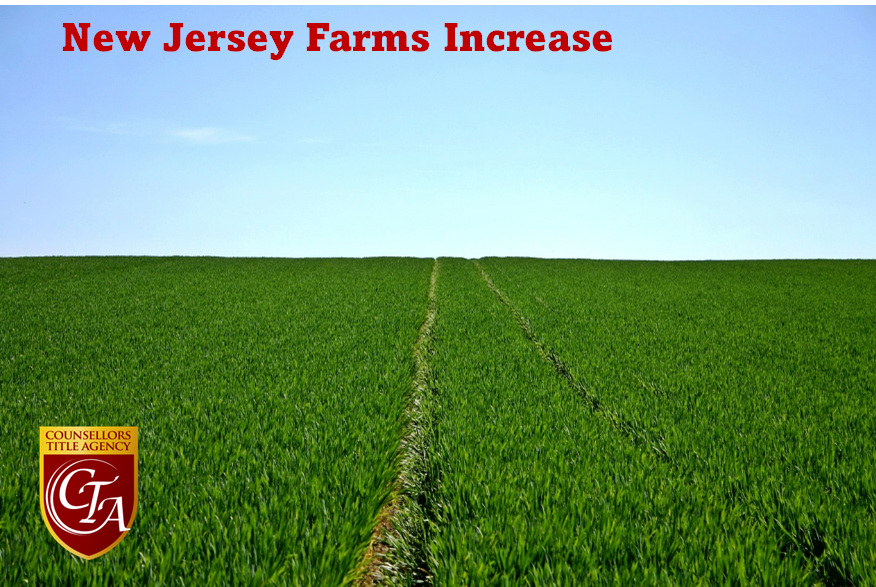New Jersey’s agricultural landscape is expanding, as the U.S. Department of Agriculture’s 2022 Census of Agriculture reveals. The state added 115 new farms, bringing the total to 9,998—just shy of the 10,000 mark. This growth stands in contrast to the national trend, where the number of farms across the U.S. decreased by 7%.
Joe Atchison III, New Jersey’s Assistant Secretary of Agriculture, expressed optimism about this development. “It’s heartening to see more New Jersey residents engaging deeply with our agricultural industry,” he said. “This demonstrates the viable opportunities available in farming here. The Census data also highlights our ability to cultivate a diverse range of crops that cater to the varied needs of our residents. It’s a testament to our farmers’ resilience and adaptability in meeting consumer demands.”
New Jersey’s agricultural sales saw a significant boost, increasing from just over $1.1 billion in 2017 to nearly $1.5 billion in 2022.
The Census data shows that the nursery, greenhouse, floriculture, and sod sector remains the leading force in New Jersey’s agriculture, generating nearly $725 million in sales—a $225 million increase from the previous Census. The state ranks fifth nationally in nursery stock sales at $296 million and third in potted flowering plant sales at $77.5 million.
Vegetable production is New Jersey’s second-largest sector, bringing in nearly $295 million, followed by fruit and berry sales at nearly $200 million. Together, these top three sectors account for more than 80% of the state’s agricultural sales. New Jersey continues to rank among the top producers nationwide for several crops, including eggplant (No. 3), cranberries, asparagus (each No. 4), and blueberries (No. 5). The state is also a leading producer of peaches, plums, bell peppers, spinach, bok choy, escarole, kale, and romaine lettuce.
Agritourism has also seen substantial growth, with sales increasing from $18 million in 2017 to over $29 million in 2022.
However, the amount of land dedicated to farming in New Jersey decreased to approximately 712,000 acres, down from 734,000 acres in 2017. This 2% reduction mirrors the national average decrease in farmland.
The cost of farming in New Jersey has risen by an average of $37,000 per farm annually, which is significantly lower than the national average increase of over $60,000 per farm.
The Census of Agriculture, conducted since 1840, accounts for all U.S. farms and ranches, along with their operators. More detailed data, including county-specific information and congressional district profiles, will be released throughout 2024.
To be included in the federal census, a farm must have sold or had the potential to sell at least $1,000 worth of agricultural products.

